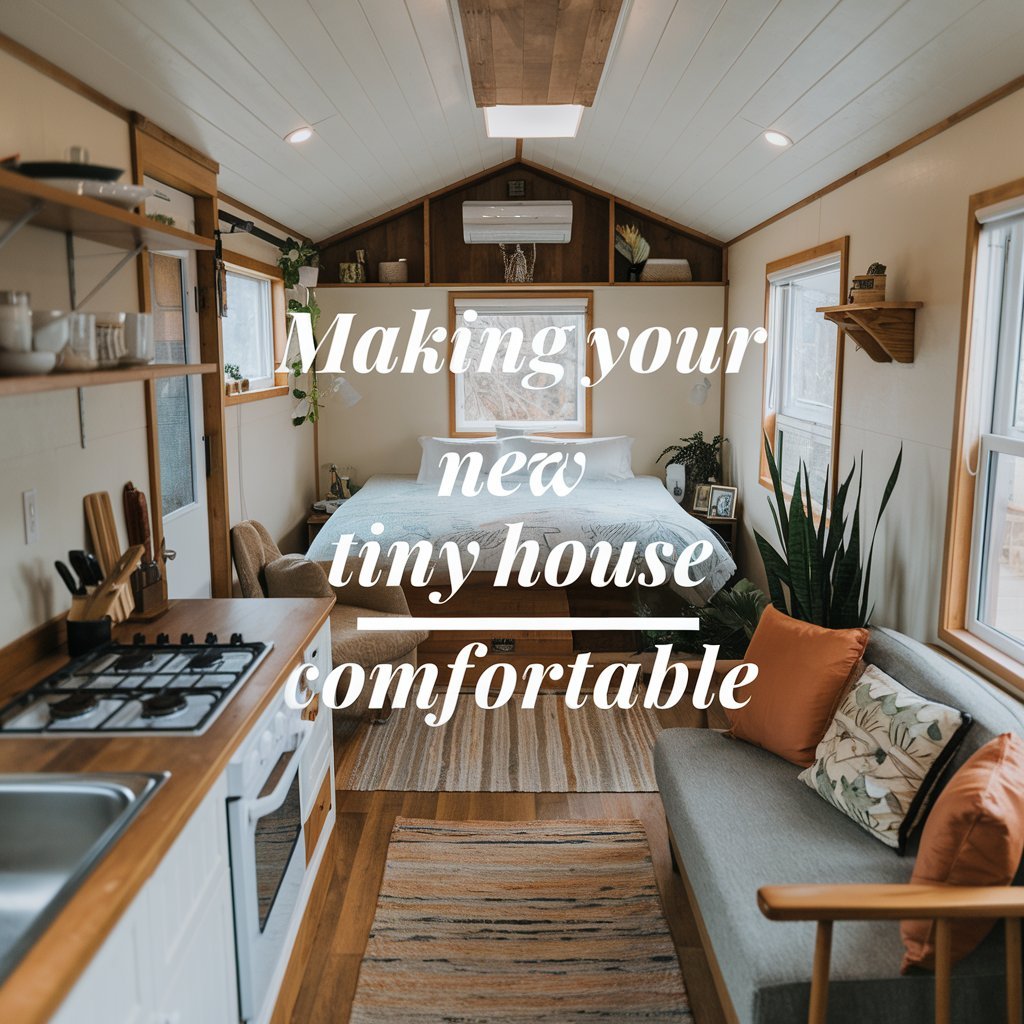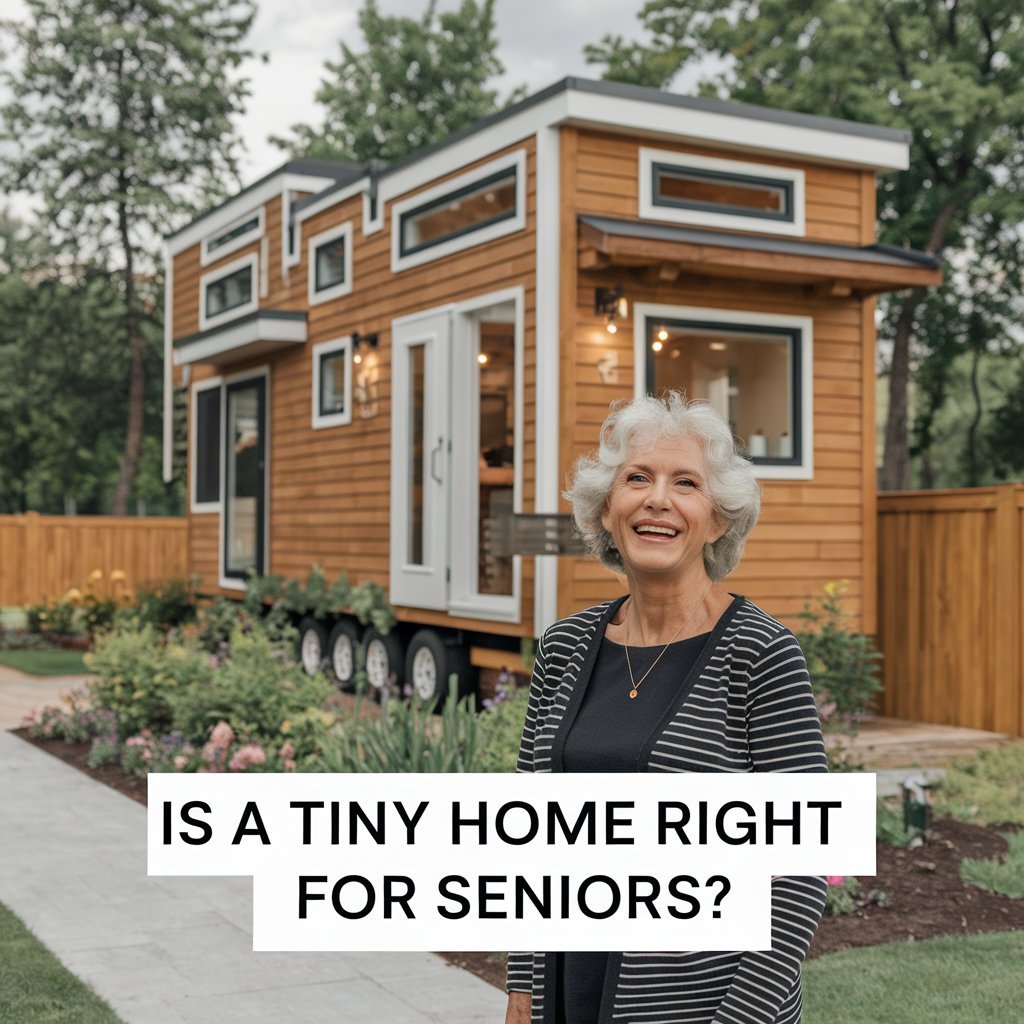As remote and hybrid work models become standard, creating a dedicated area for productivity is essential. Over 60% of U.S. professionals now work from home at least part-time, making efficient use of limited square footage critical. The challenge? Designing a zone that blends comfort with practicality while avoiding clutter.
Modern living spaces demand creative solutions. A well-planned home office doesn’t require an entire room—even a corner can become a high-performing workstation. Start by assessing your needs: storage, lighting, and ergonomic seating matter just as much as your desk size.
Smart design choices maximize every inch. Wall-mounted shelves, foldable furniture, and multi-functional organizers help maintain balance between professional tasks and personal life. Prioritize natural light where possible, and use color psychology to boost focus without sacrificing style.
Key Takeaways
- Remote work trends make home offices necessary for productivity and work-life balance
- Effective small-space solutions require strategic planning and space-saving furniture
- Ergonomic setups prevent physical strain in limited areas
- Vertical storage options optimize unused wall space
- Lighting and color choices impact both functionality and mood
Designing Your Compact Home Workspace
Transforming tight quarters into an efficient workspace demands more than squeezing a desk into a corner. Limited square footage amplifies common home office challenges: visual chaos, cramped storage, and blurred personal-professional lines. To succeed, adopt a mindset that prioritizes ruthless organization while preserving personality.

When Every Inch Counts
Small areas often lack natural light and storage. Shared living rooms compound distractions. The solution? Start by auditing essentials. Keep only tools that serve daily work needs—out-of-season items belong elsewhere. Floating shelves or pegboards reclaim vertical space, while slim file cabinets double as side tables.
Principles for Productive Design
Effective small-space design follows three rules: multi-functionality, adaptability, and visual cohesion. A fold-down desk becomes a dining table after hours. Cordless devices reduce cable clutter. Neutral base colors with bold accents maintain energy without overwhelming.
| Design Strategy | Space Impact | Wellbeing Benefit |
|---|---|---|
| Wall-mounted desks | Frees floor area | Reduces clutter stress |
| Modular storage | Adapts to needs | Boosts organization |
| Task lighting | Defines work zone | Enhances focus |
Balance practicality with inspiration. A single framed artwork or potted plant adds character without consuming precious surface space. Remember: minimalism supports productivity in confined areas.
Assessing Your Space and Needs
Effective home offices begin with understanding spatial limitations and personal requirements. Before selecting furniture or decor, map out your room’s exact dimensions. This prevents costly mistakes and ensures every inch serves a purpose.
Measuring Your Available Area
Grab a tape measure and document floor space, wall lengths, and ceiling height. Note obstructions like vents or radiators that impact desk placement. For shared areas, track daily foot traffic to avoid creating bottlenecks.

Create a scaled sketch showing electrical outlets and natural light sources. This reveals optimal spots for monitors and task lighting. Remember: a 30-inch wide desk fits most laptops, while 36 inches accommodates dual screens.
Prioritizing Functionality and Comfort
List essential equipment first—computer, chair, storage. For tight rooms, consider wall-mounted desks that fold away. Ergonomic chairs with slim profiles save space without sacrificing back support.
Test seating height against your desk’s surface. Elbows should form 90-degree angles when typing. Leave 24 inches of legroom for comfortable movement. Multi-device users need extra outlets—plan power strips accordingly.
Choosing the Right Desk for Your Workspace
Your desk anchors your productivity zone, making its selection pivotal in small environments. Balance surface area with smart design to create a foundation that supports work efficiency without dominating your space. The ideal model adapts to your room’s size while offering hidden functionality.

Maximizing Surface Area
Prioritize width over depth when possible. A 48-inch desk accommodates dual monitors and paperwork, while 30-inch depths prevent protruding into walkways. For shared home office areas, consider foldable or sliding designs that disappear after hours.
Material choices impact both durability and visual weight. Lightweight bamboo suits minimalist spaces, while steel-framed models handle heavy equipment. Built-in drawers or cable trays reduce clutter, eliminating the need for extra furniture.
| Desk Type | Best For | Space Saved | Key Features |
|---|---|---|---|
| Wall-mounted | Studio apartments | 100% floor clearance | Fold-down mechanism |
| Ladder-style | Vertical storage | 18″ footprint | Integrated shelves |
| L-shaped | Corner installations | 30% more surface | Dual work zones |
| Fold-down | Multi-purpose rooms | Zero permanent space | Hidden storage |
Test configurations using painter’s tape on your floor. Ensure at least 24 inches of legroom and easy access to outlets. Remember: your desk should serve your workflow, not dictate it.
Practical Strategies for setting up a functional workspace in a compact home
Small living environments demand smart spatial planning to maintain professional efficiency. Start by identifying underused corners or alcoves that can transition into dedicated productivity hubs. A well-positioned desk near natural light sources reduces eye strain while creating mental separation from leisure areas.

Key Steps to a Streamlined Layout
Divide your home office into activity zones using vertical dividers or rug placements. Keep tech equipment in one section and reference materials in another. Wall-mounted monitor arms free up surface space, while drawer organizers prevent stationery sprawl.
| Zone Type | Essential Elements | Space Savings |
|---|---|---|
| Tech Hub | Cable management tray, power strip | Reduces clutter by 40% |
| Writing Station | Adjustable lamp, document holder | Requires only 18″ depth |
| Storage Area | Floating shelves, magnetic boards | Utilizes unused wall space |
Benefits of Multi-Purpose Workstations
Convertible furniture maximizes functionality in tight quarters. A fold-out desk becomes a meal prep surface, while nesting side tables provide impromptu seating. Look for ottomans with hidden compartments—perfect for storing cables or notebooks.
L-shaped configurations excel in corners, offering 30% more surface area than standard desk designs. Pair with rolling carts that tuck beneath the work surface when not in use. This approach keeps your room adaptable for both professional tasks and personal activities.
Maximizing Vertical Space and Storage Solutions
Vertical surfaces hold untapped potential in small environments. By shifting focus upward, you gain storage capacity without sacrificing floor area. This approach transforms overlooked walls and awkward corners into productivity-boosting assets.
Wall-Mounted Systems for Smart Organization
Floor-to-ceiling shelving units create visual height while storing supplies. Pair with modular cubes or baskets for flexible categorization. Magnetic panels above desks hold notes and tools, keeping surfaces clear.
| Storage Type | Installation Area | Capacity Gain |
|---|---|---|
| Floating shelves | Above desk | 12-15 linear feet |
| Pegboard system | Adjacent walls | 20+ accessories |
| Corner ladder | Room angles | 5-tier storage |
Reclaiming Forgotten Zones
Under-stair nooks become ideal workstations with custom builds. Install pull-out drawers beneath treads for hidden filing. Alcoves in living rooms accommodate compact desks that match existing decor.
Triangular shelving units fit snugly into corners, providing display space for reference materials. Combine with fold-down desks that pivot against walls when not in use. These space-saving ideas maintain room flow while adding functionality.
Incorporating Ergonomic Furniture for Comfort
Productive hours shouldn’t come with physical costs. Over 80% of remote workers report discomfort from poorly designed setups. Ergonomic solutions bridge this gap by aligning furniture with human biomechanics. Start with your most-used items: the office chair and desk.

Selecting Supportive Seating
A quality chair does more than prevent back pain—it enhances focus. Prioritize adjustable lumbar support and seat depth. Armrests should align with your desk height to prevent shoulder strain. Test models offering 360-degree swivel for easy reach.
| Feature | Benefit | Health Impact |
|---|---|---|
| Adjustable lumbar | Maintains spine curve | Reduces lower back pain |
| Breathable mesh | Prevents heat buildup | Improves circulation |
| 4D armrests | Supports typing posture | Decreases neck tension |
Perfecting Work Surface Alignment
Your desk height determines arm and wrist positioning. Elbows should form 90-degree angles when typing. For standing setups, position screens at eye level. Add anti-fatigue mats if using a convertible desk.
Monitor stands lift screens to reduce neck craning. Keyboard trays keep wrists neutral. Leave 24 inches between thighs and desk underside for leg comfort. Small tweaks create lasting comfort during marathon sessions.
Efficient Cable Management Techniques
Tangled wires transform even the sleekest desk into a chaotic eyesore. Proper cable management elevates both aesthetics and functionality, especially in tight environments. A single power strip can host 8+ cords—left unchecked, they become tripping hazards and focus disruptors.

Streamlining Your Tech Jungle
Start with adhesive-backed clips to route cables along desk legs. Color-coded ties group related wires—blue for peripherals, red for power. Under-desk trays corral excess length while keeping chargers within reach.
| Solution | Application | Benefits |
|---|---|---|
| Velcro ties | Grouping similar cords | Reusable & adjustable |
| Cable sleeves | Bundling desk clusters | Fire-resistant protection |
| Grommet plates | Desk hole covers | Prevent snagging |
| Power strip mounts | Under-surface installation | Hidden surge protection |
Built-in desk features simplify organization. Models with rear channels or clip systems guide wires downward. For shared spaces, decorative boxes disguise power strips as bookends or planters.
Label each cord’s purpose using tag clips. This saves hours during tech upgrades. Reserve 6-inch USB extensions for easy device swapping. A tidy home office isn’t just visually calming—it’s safer and more efficient.
Creative Use of Underutilized Corners
Overlooked corners hold untapped potential for creating focused work zones. These angular areas often collect clutter rather than productivity. With smart design, they transform into efficient stations that respect your room’s existing layout.

Why L-Shaped Designs Excel
An L-shaped desk turns cramped angles into multi-functional hubs. The configuration uses two walls, expanding surface area by 40% compared to straight models. This creates distinct zones for tasks like video calls and document review.
Measure your corner’s dimensions before selecting furniture. Leave 24 inches clearance for chair movement. Floating shelves above the desk store supplies without shrinking workspace. Rotating monitor arms maximize screen positioning in tight quarters.
| Storage Solution | Space Used | Best For |
|---|---|---|
| Triangular shelves | Corner depth | Books & decor |
| Magnetic panels | Wall surface | Tools & notes |
| Corner cabinets | Floor area | File storage |
Choose desks with built-in power strips to reduce cable sprawl. Slim-profile chairs tuck neatly beneath the work surface when not in use. Neutral finishes help the area blend with surrounding decor while maintaining professional appeal.
Optimizing Lighting for Productivity
Strategic lighting choices elevate both efficiency and comfort in limited spaces. Blending daylight with artificial sources reduces eye fatigue while maintaining energy levels throughout the workday. Proper illumination also sharpens focus—a critical factor when square footage can’t compensate for design flaws.
Harmonizing Daylight and Task Lights
Position your desk within 3 feet of a window to maximize natural light. Use sheer curtains to diffuse harsh midday glare. Pair with adjustable LED lamps that offer 3000-5000K color temperatures—cooler hues boost alertness during morning hours, warmer tones ease evening transitions.
Vertical lighting layers prevent shadows. Install wall sconces above shoulder height to brighten walls without occupying surface space. For corner setups, triangular lamp bases fit snugly against angled walls while directing light onto work materials.
Smart Choices for Desk Illumination
Energy-efficient options slash power bills without sacrificing quality. Look for lamps with motion sensors or timers that automatically adjust brightness based on ambient light. Clip-on models save precious desk real estate, while USB ports eliminate bulky adapters.
Prioritize fixtures bearing Energy Star certification—they use 75% less energy than standard bulbs. Position task lighting 16 inches from your work surface to minimize screen reflections. Pair with smart bulbs that sync with sunrise/sunset cycles for seamless day-night adaptation.
Remember: balanced lighting supports both productivity and wellbeing. Take hourly breaks to gaze through windows, allowing natural light to reset your circadian rhythms between focused sessions.



